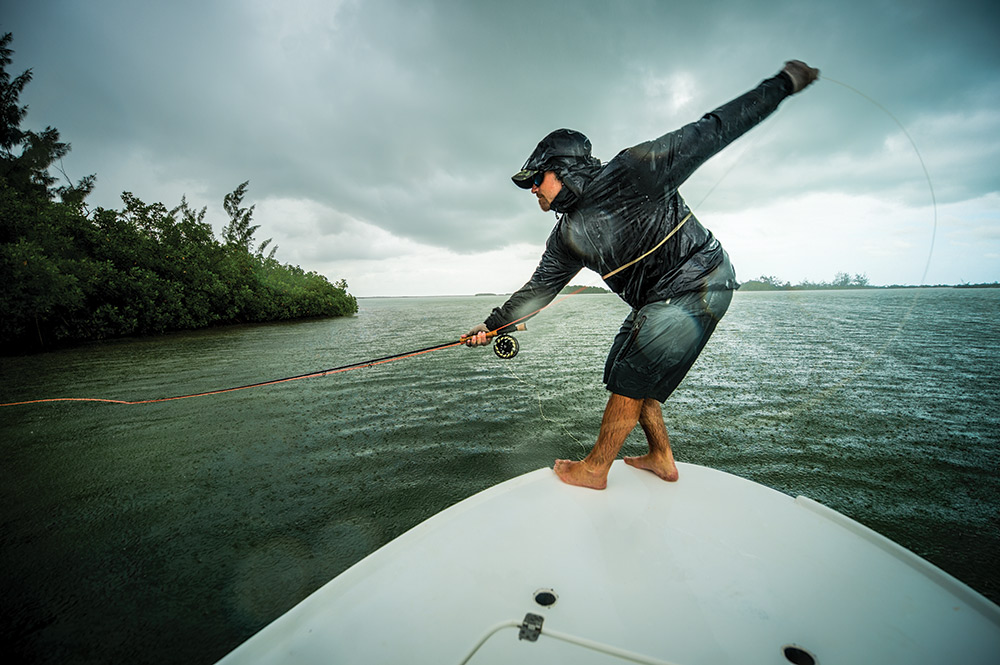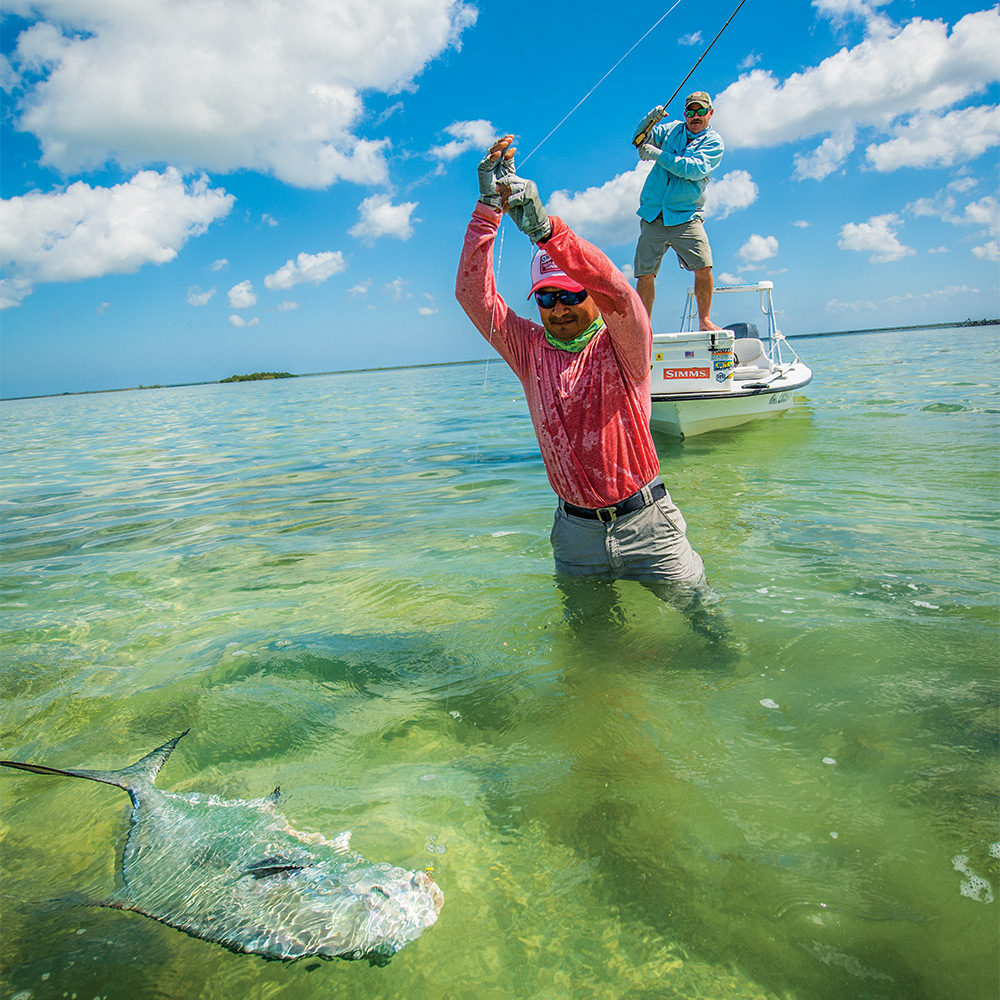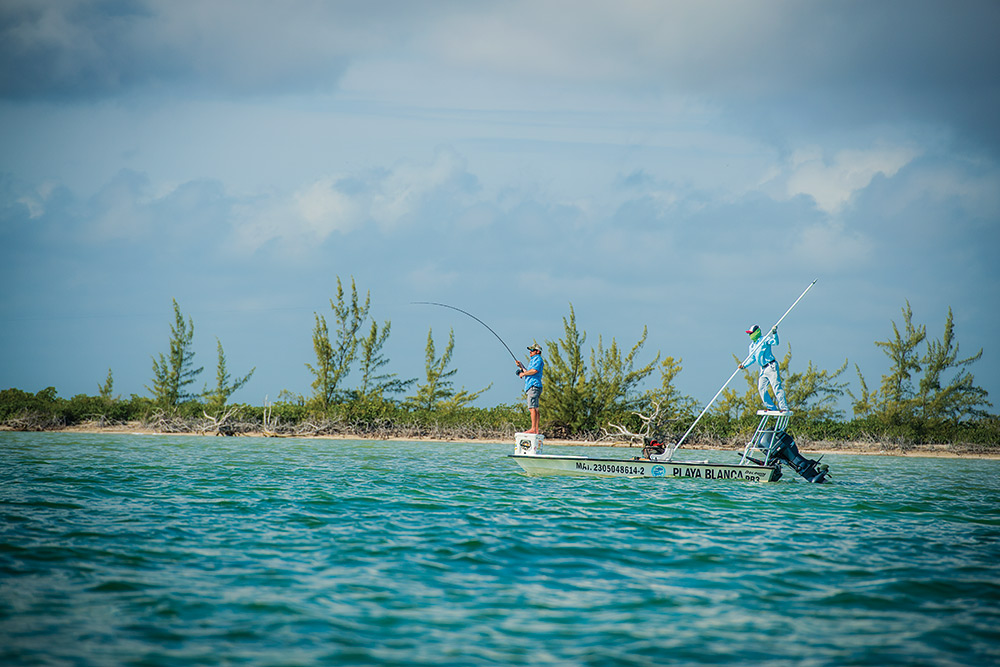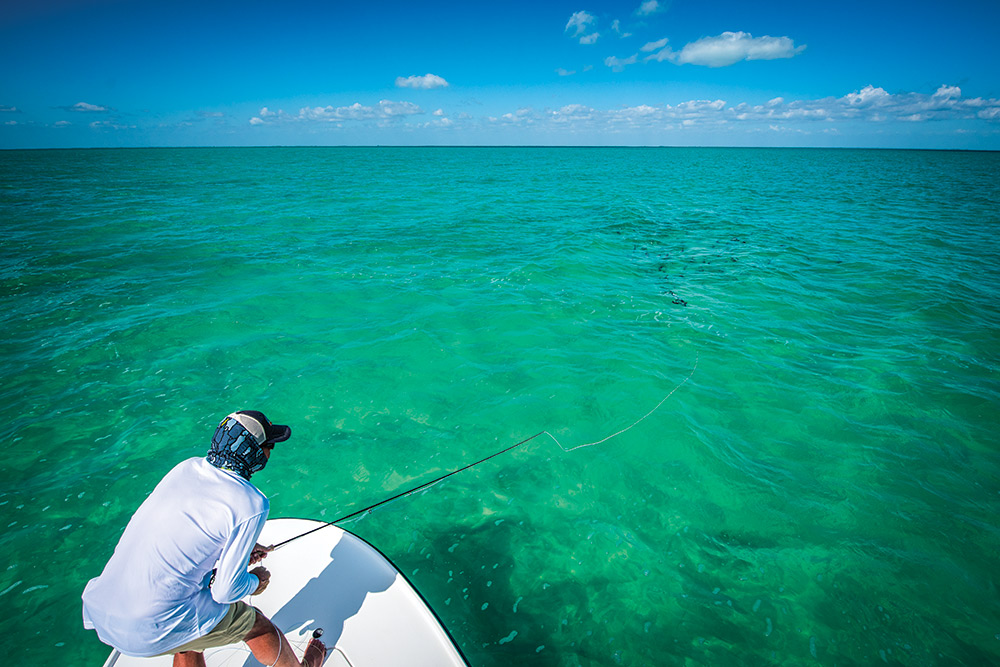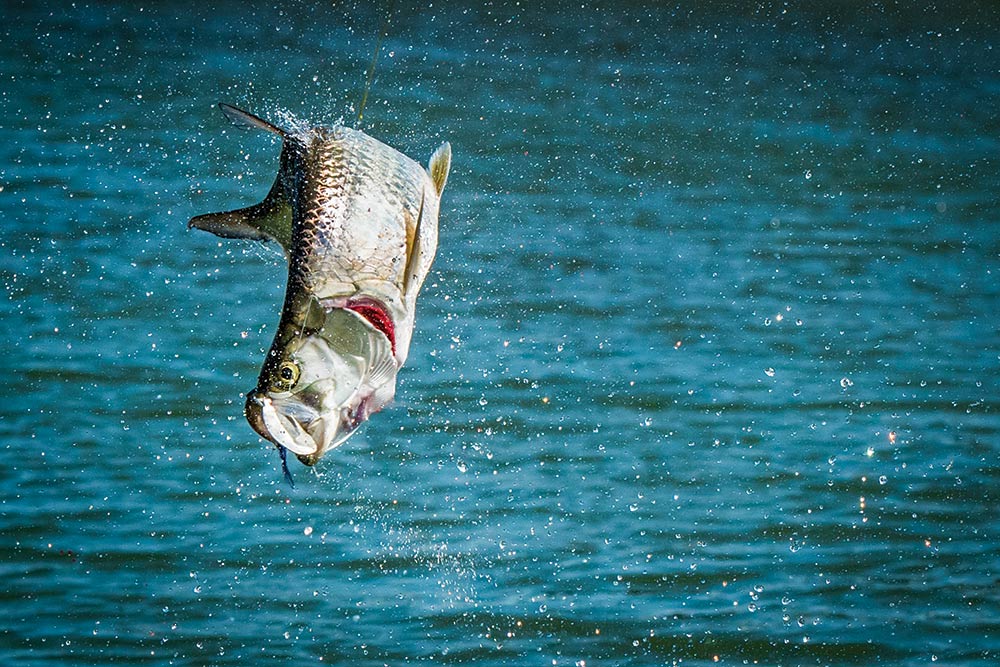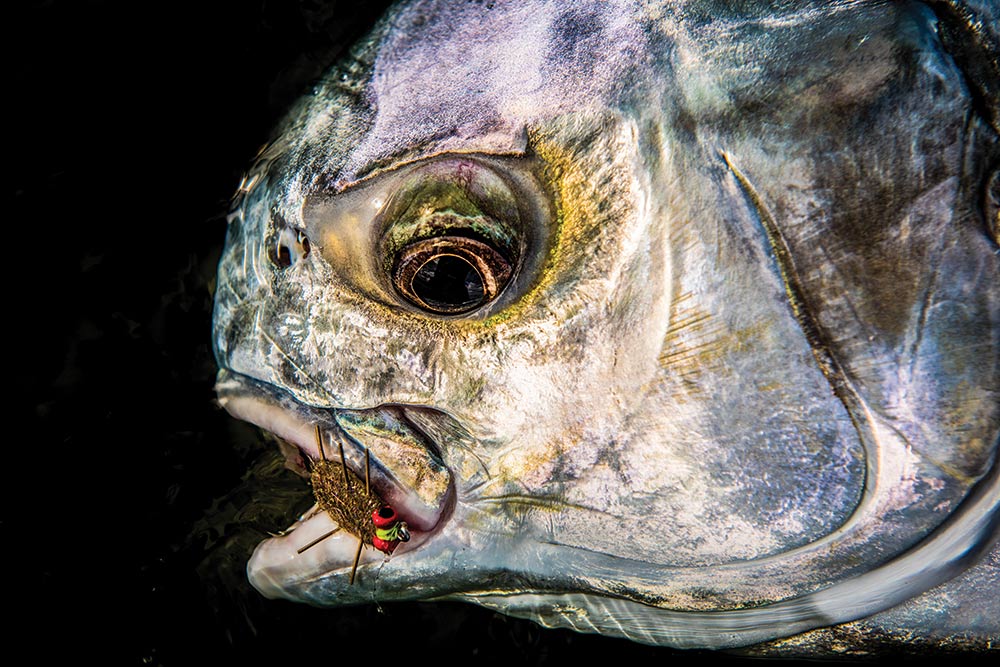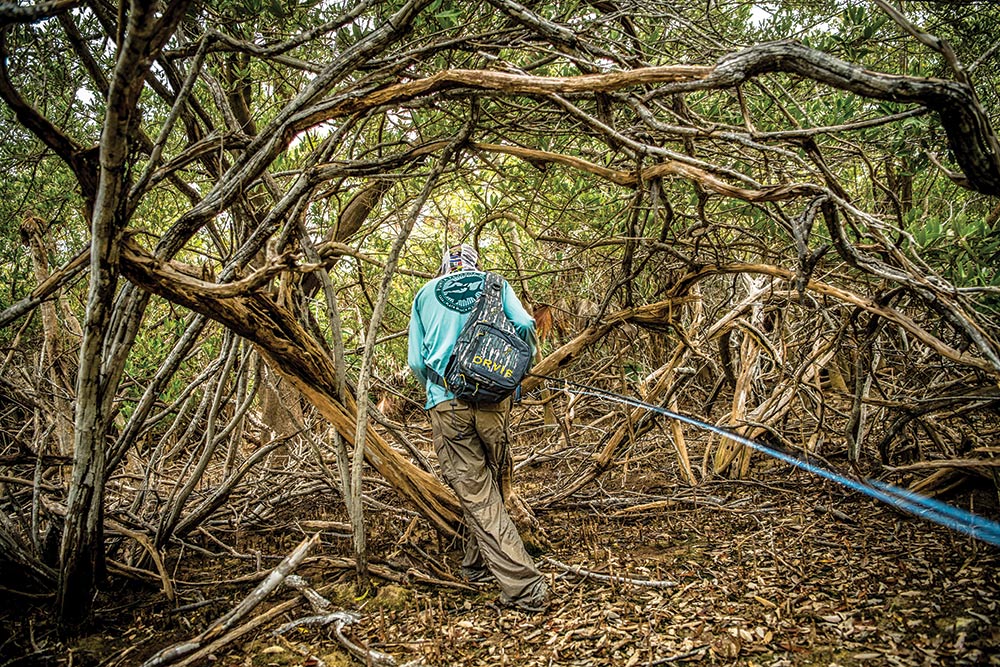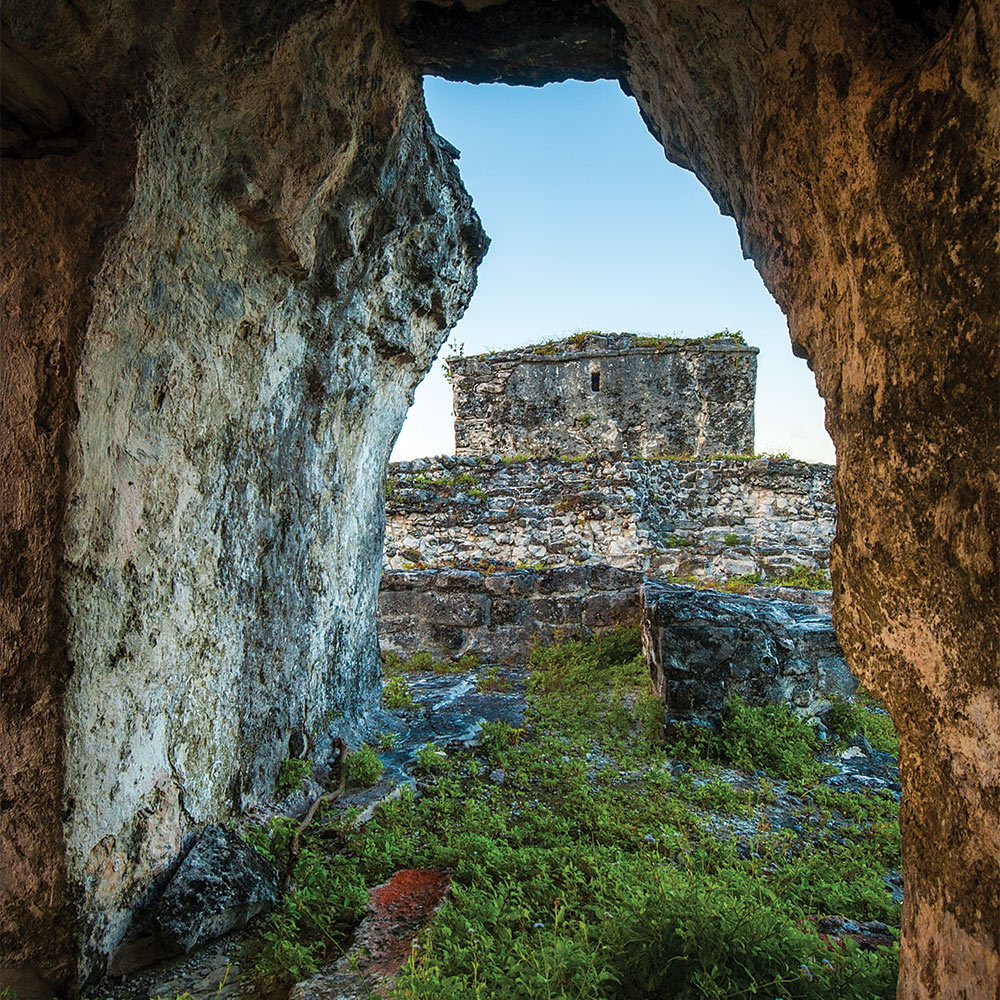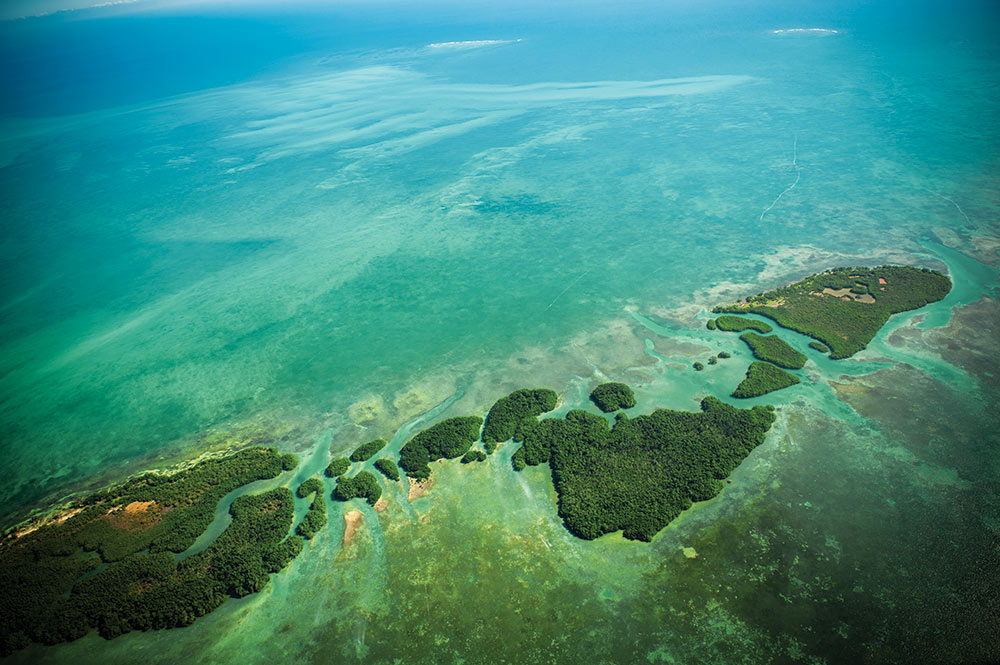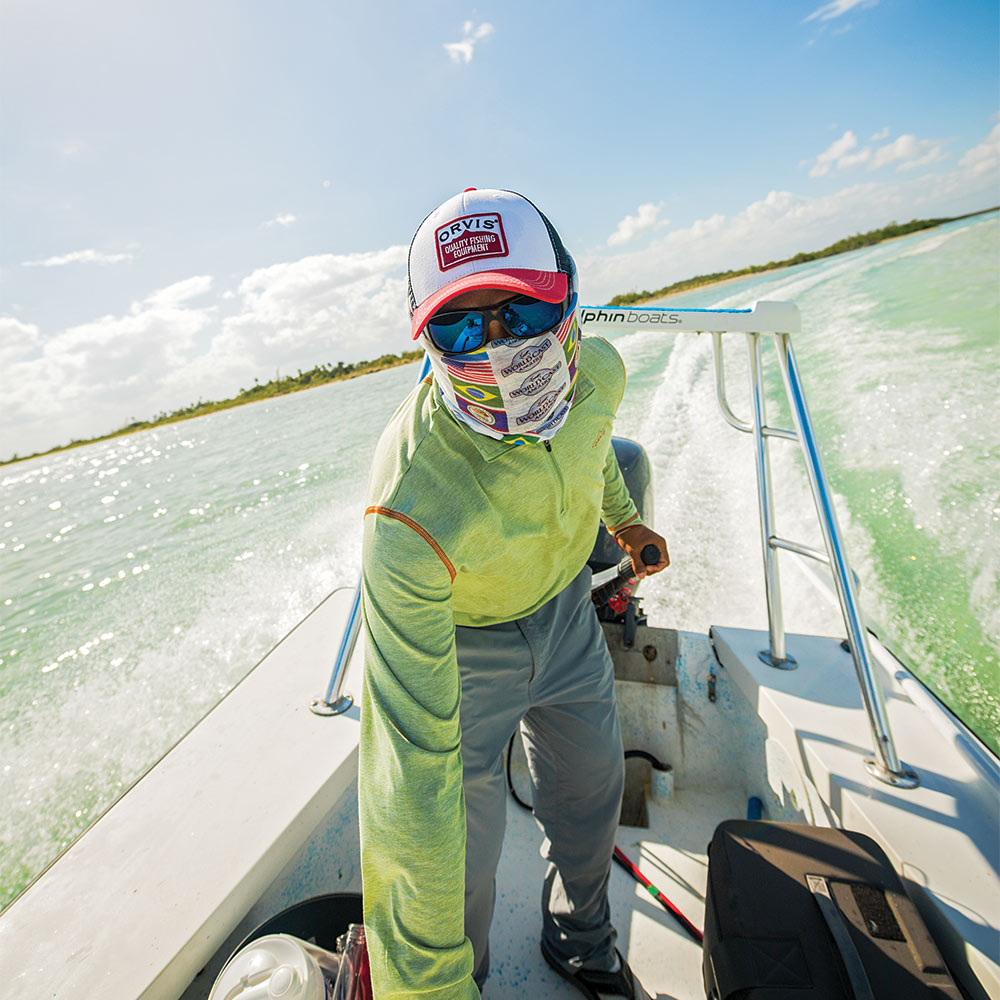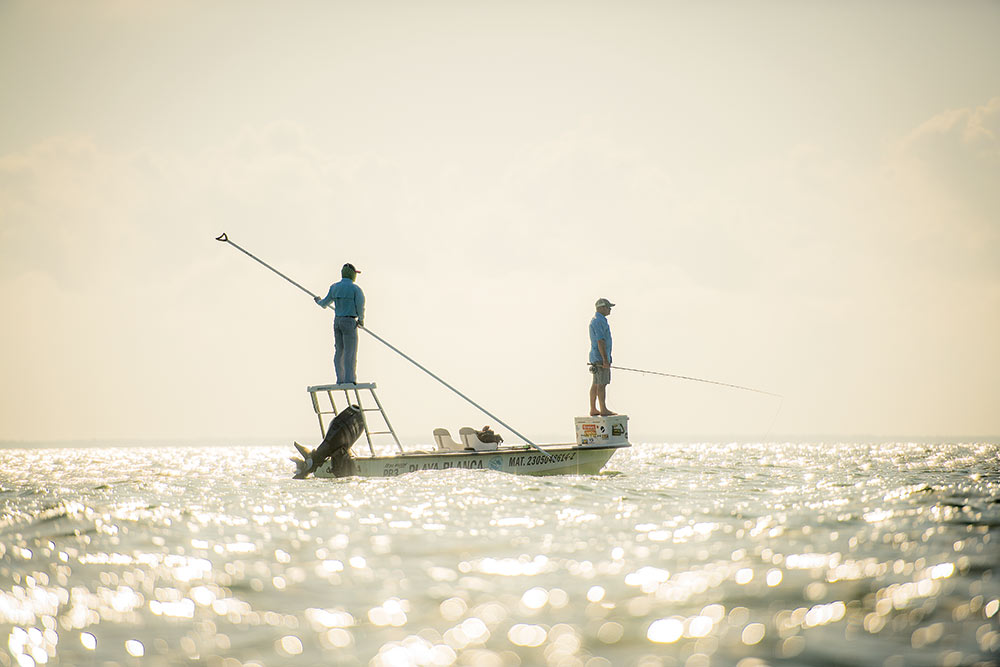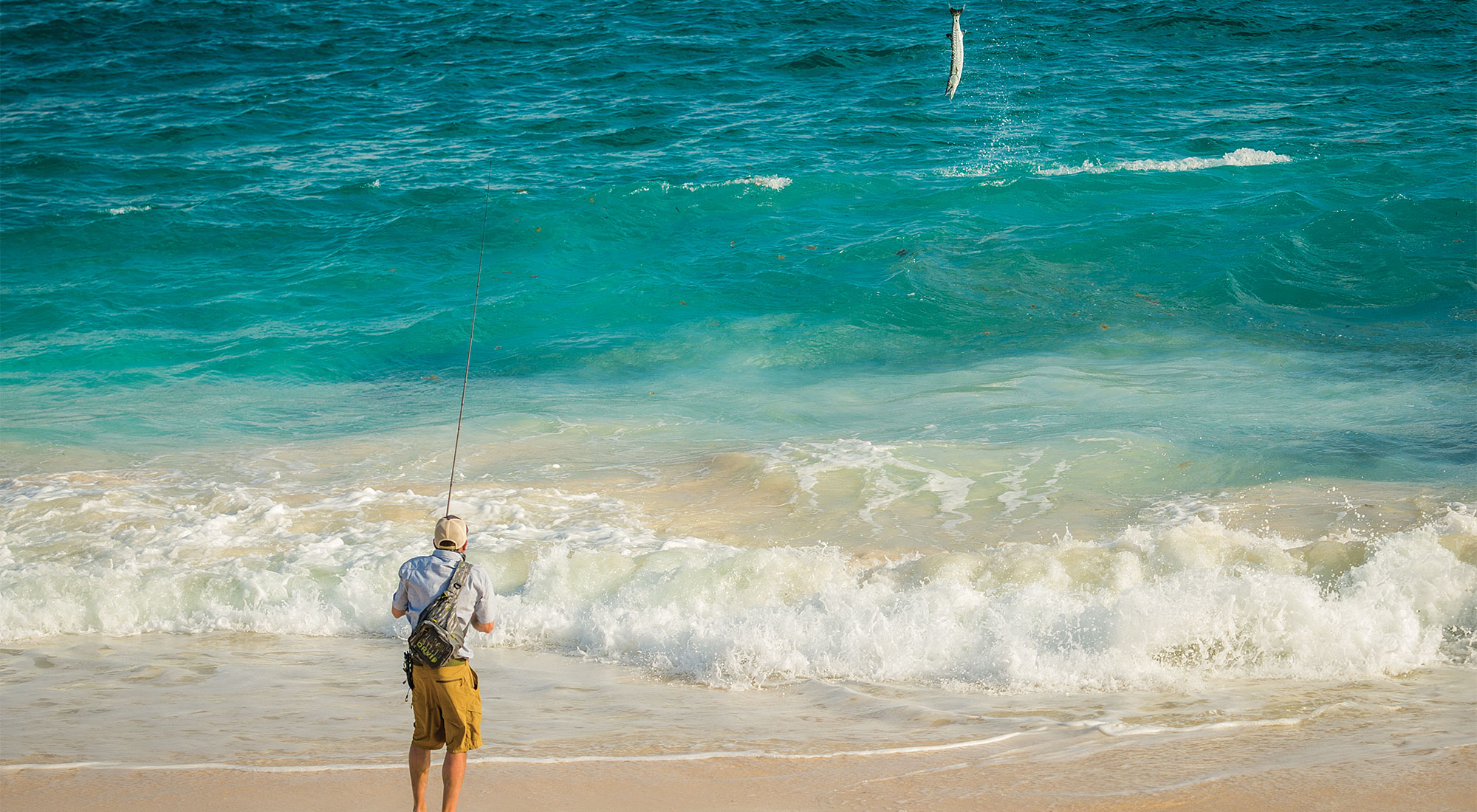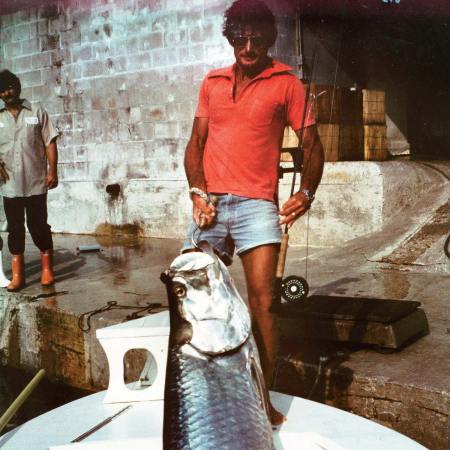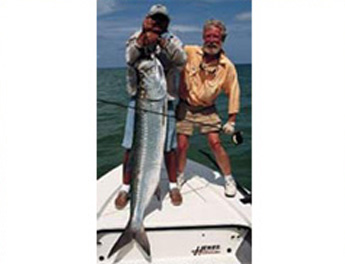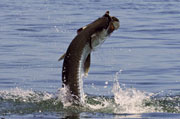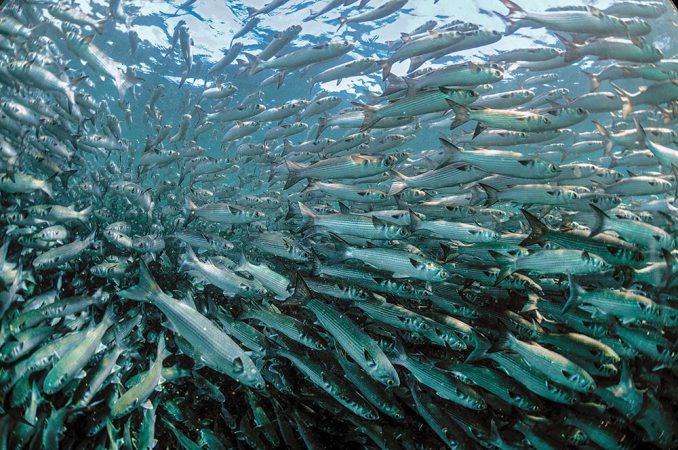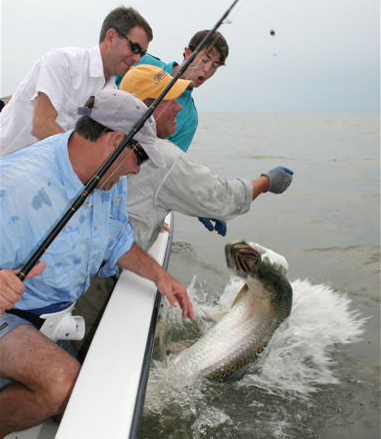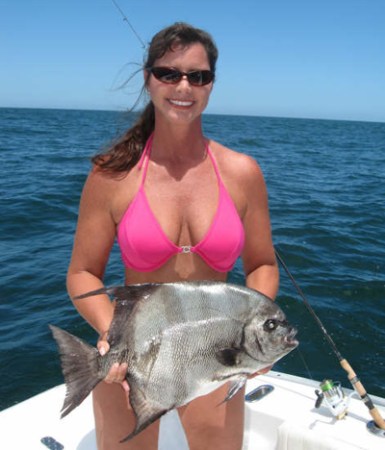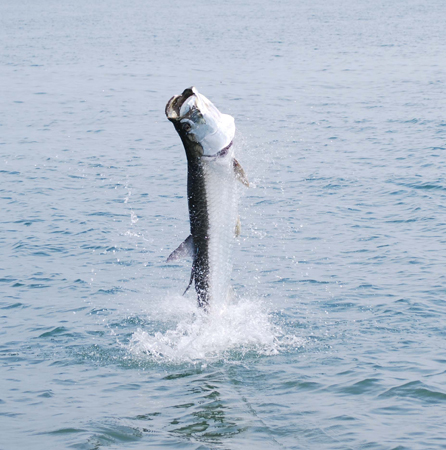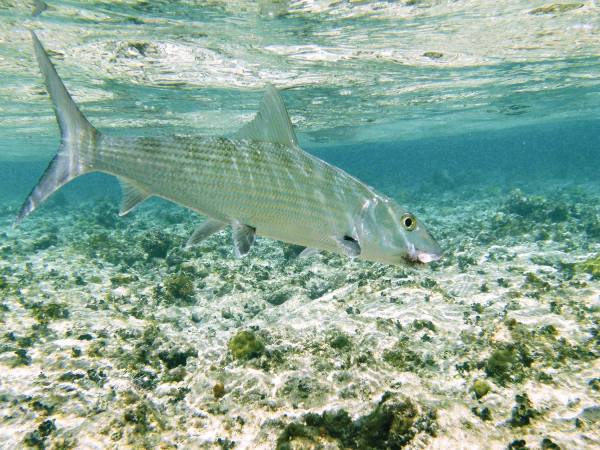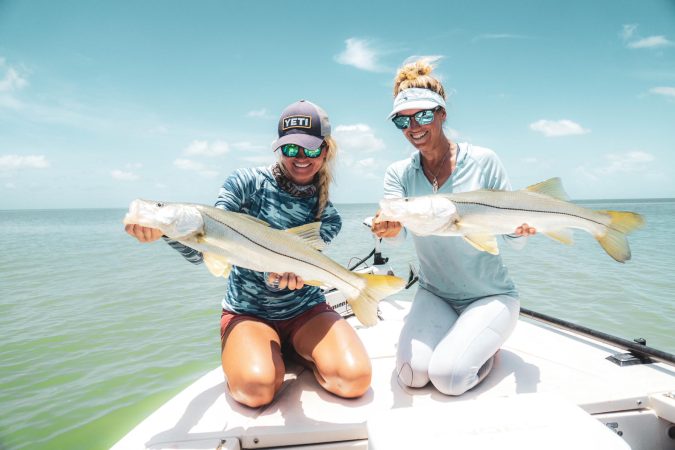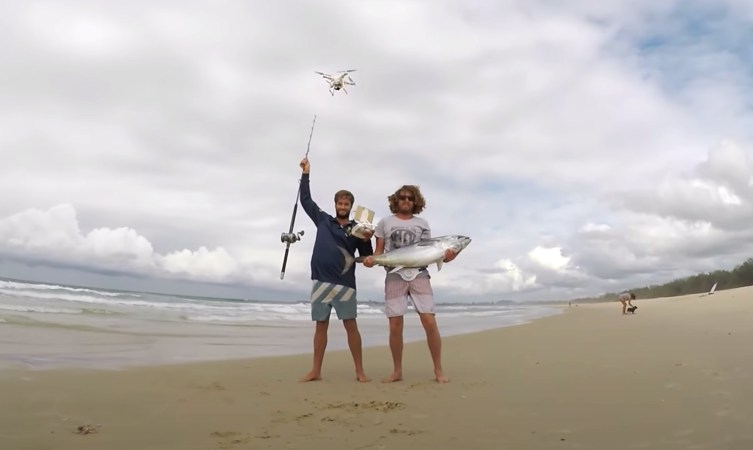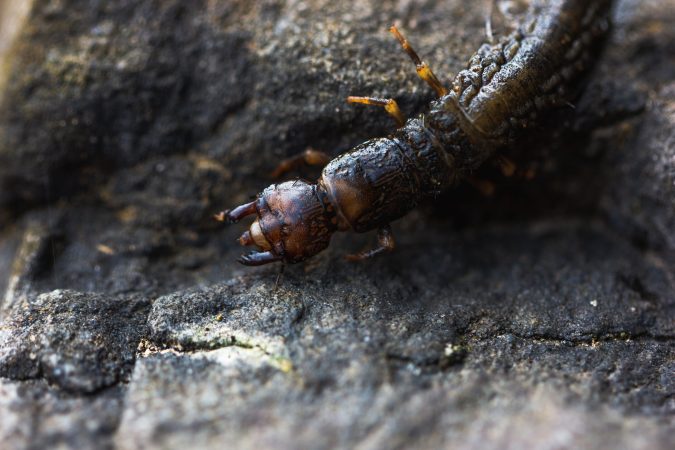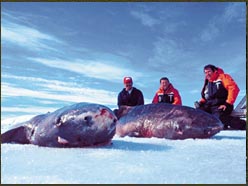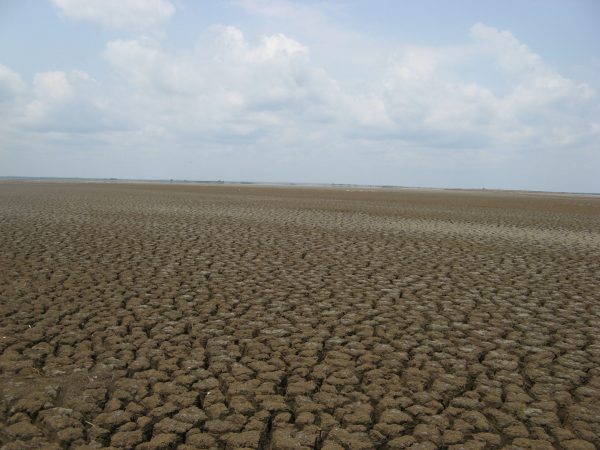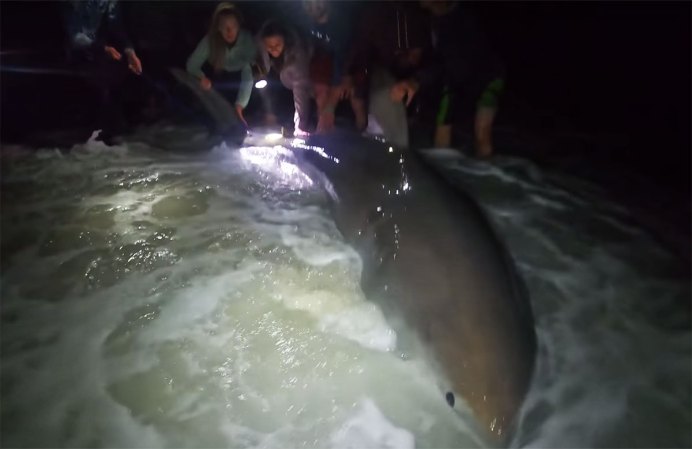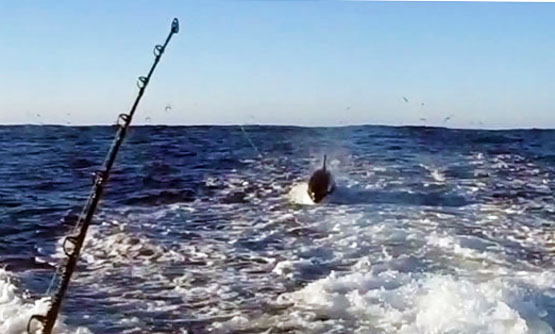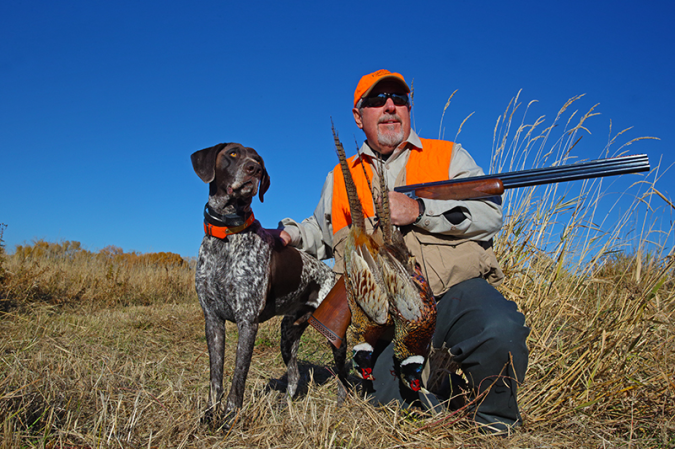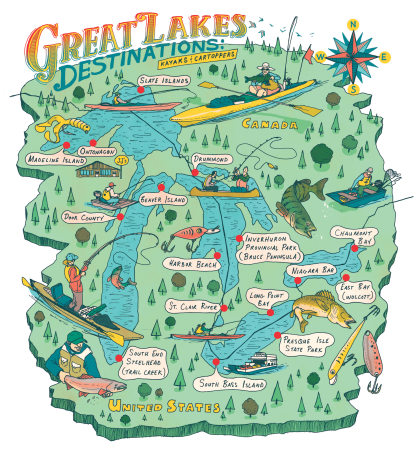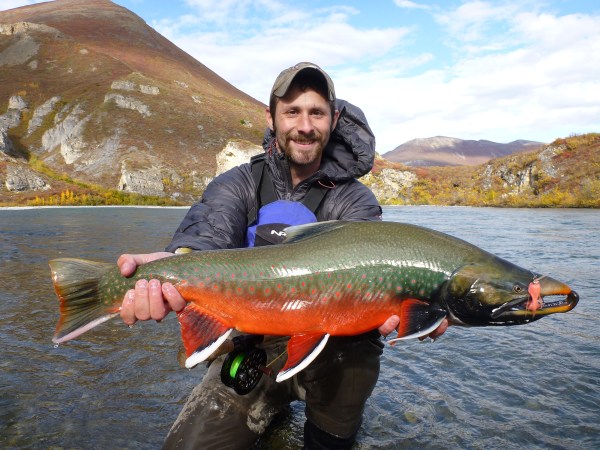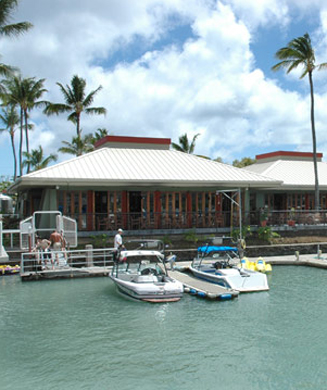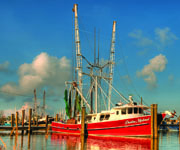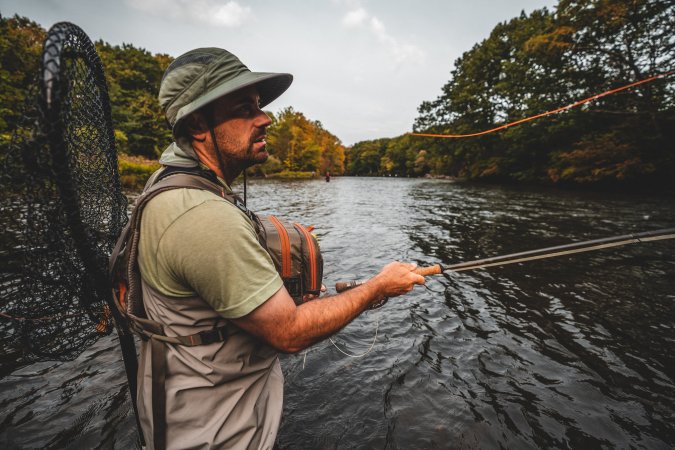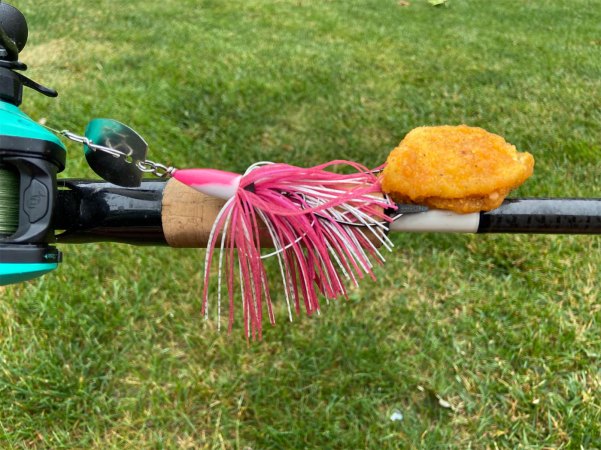Millennia before some bloke cast the first fly in Great Britain, Mayans had built a massive empire across Mexico’s Yucatán Peninsula. Their labors gave rise to a well-developed trade system, complex religious practices, and—like any respectable culture—exceptional fishing. One of their best spots was a place called Punta Pájaros, located on the southeastern coast. Pájaros doesn’t look like an island on an atlas, but it might as well be. Pull up a map and you’ll (eventually) find a pockmarked peninsula hemmed in by Caribbean beaches, salty inlets, and impassable mangrove swamps. The area is part of the 1.3-million-acre Sian Ka’an Biosphere Reserve (imagine a tropical national park dotted with ancient ruins). The Mayans themselves named it Sian Ka’an, which means “the origin of the sky.” If you know your history, you’ll recall that Mayans were one of several Mesoamerican cultures famous for conducting human sacrifices in a variety of creative ways.
“Sacrifices were performed in the ruins right behind the lodge,” says photographer and angler Brian Grossenbacher, who has fished Punta Pájaros for the past five years. “According to archaeologists, Mayans would raise the sacrificial victims and drop them onto a pointed rock there, which would break their back. They’d cut out the heart, rush it to a stone statue, and place the still-beating heart into a vessel or hole in its chest. The boat launch is called Sacrificio—that’s about 2 miles from the lodge.”
Perhaps those sacrifices paid off because the fishing grounds still thrive. Pájaros boasts healthy populations of tarpon, bonefish, snook, and permit, which now attract the interest—and dollars—of international anglers. Former lodge manager Johnny Pares calls it the world’s best permit fishery, though that wasn’t always the case.
“Twenty to 30 years ago, there was a lot of commercial netting of these game fish,” says Pares, who co-managed the Casa Blanca and Playa Blanca lodges with his wife from 2011 to 2017. “Now a lot of those commercial guys have turned into guides in the offseason, and have created vigilance in the area. Illegal netting [and other violations] are down sharply from what they were, and it’s created a better bonefish fishery. All the flats fish are responding.”
Since the two lodges opened in 1988 and 1997, those guides have grown into flats-fishing virtuosos. The least-seasoned guide, Jorge Angulo, still has about two decades of experience to his credit. Angulo grew up inland but secured a gardening job at Playa Blanca when his parents could no longer afford to send him to school. An older guide soon began teaching Angulo how to pole a boat, find fish, and cast a fly rod. Now in his 30s, Angulo is already something of a local legend. He’s a chronic jokester and an accomplished fly tier, and has guided clients to catch more than 2,000 permit. (If you’re not into permit fishing, take our word for it—that’s a big deal.) Angulo even perfected the most successful crab pattern for the area.
“Everyone who fishes there uses Jorge’s flies,” Grossenbacher says, noting that other successful flies include baitfish and shrimp. “They’re a hot commodity. When he opens up his fly box at the beginning of the week, it’s quite a shuffling of cash and crab transactions.”
Angulo sells his flies at $20 a pop, and then helps clients catch fish on them. They pole through the shallows, sight-casting with the wind and sun at their backs for better visibility. Because bonefish and permit arrive with the tide and an entourage of other ocean life, animals like stingrays are usually indicative of a hot spot. Snook, on the other hand, hang in the shelter of the mangroves, so the guides take advantage of their ambush instincts by slamming push poles into the seafloor to mimic a rival robalo attacking baitfish.
Pájaros is one of the best places on the planet to attempt a Super Grand Slam, which attracts hundreds of hopefuls each year and requires catching all four flats species in one day. But Grossenbacher is less concerned about record books and prefers to enjoy Pájaros at his own pace with buddies Dan “Rooster” Leavens and Jimmy Kloote.
“My favorite part of the trip is sending my camera gear back on the truck and walking the beach, throwing poppers into the surf with Jimmy,” Grossenbacher says. “We have caught barracuda, jacks, and tarpon, but the fishing takes a back seat to the stories.”
Read Next: How to Catch Pressured Bass
